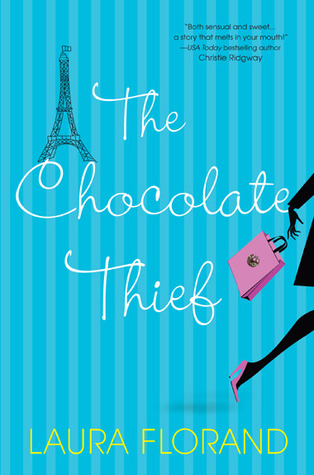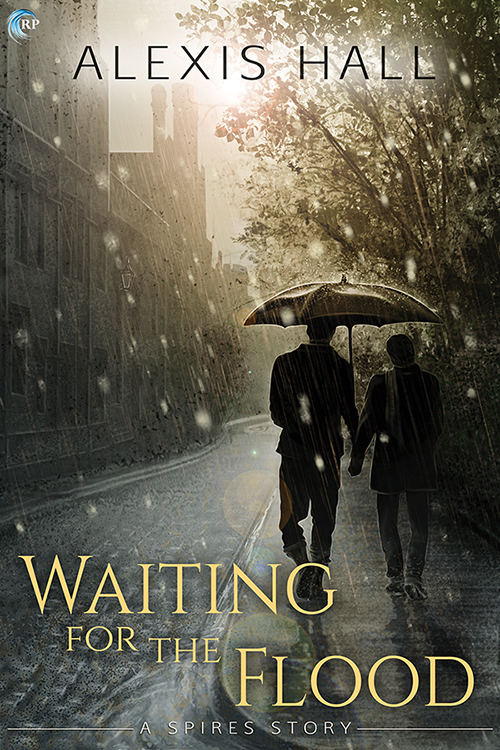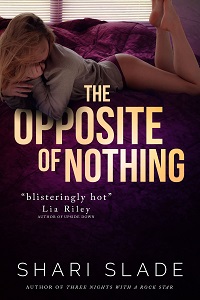I’ll admit it—I ran with today’s topic in large part because I wanted to use that title.
As for the post itself… My original yen was to write about how irksome I find it that no one in romance novels (aside perhaps from evil exes and wayward historical rogues) has sexually transmitted infections. As I said on Twitter, half the population of Romancelandia has suffered from amnesia, yet nobody seems to have HPV.
To quote the Wikipedia entry for amnesia, “though hardly anyone gets amnesia in reality, over two percent of all fictional characters in movies, books, short stories and television shows (particularly soap operas) have had amnesic effects at some point in their lives.” Mix in Harlequin Presents and we’ve got a full-blown epidemic.
Meanwhile, as much as half of the U.S. adult population (the rate of infection varies widely depending on which age group is being looked at) has genital herpes, or HSV-2, and up to 65% may have oral herpes, or HSV-1—and those percentages could well be higher, according to some estimates, as many who carry the viruses don’t realize they do. (Said estimates are all over the board, but here’s an interesting article.) As for the human papillomavirus, the CDC says, “HPV is so common that nearly all sexually active men and women get it at some point in their lives. […] In most cases, HPV goes away on its own and does not cause any health problems.”
I had HPV, myself. There are dozens of different strains, and I had one of the ones which can potentially lead to cervical cancer if allowed to go undetected or untreated for long enough. A few years ago I had an abnormal pap and some pre-cancerous cells were found, then zapped away with a laser, and I’ve since shed the virus. [As an aside, I was on Massachusetts’ experimental affordable healthcare scheme at the time, the forerunner to the Affordable Care Act. So thank you, then-Governor Romney! I didn’t have to choose between getting cancer and going bankrupt! Now everybody quit bitching about Obama and go sign up for healthcare and get a fucking physical.] That was an unpleasant and stressful situation, but by and large, HPV was very much in the background of my life. These days I’m mainly contending with what Dan Savage calls “the original sexually transmitted infection,” which is to say, pregnancy.
Pregnancy is the only biological consequence of sex that we really get to give our characters in romance, because [most] people feel that babies are nicer to have than genital warts. Especially in fiction, where they’re largely silent. (My stepmom-in-law advised me to have the kind of baby they favor in her beloved Mexican soap operas, which do nothing all day except look adorable while not crying.) But speaking of silence, why no STIs in romance?*
At first, I wanted to get really uppity about this. By all accounts, we can assume that 50–90% of the sexually active population has an STI of some sort, and so it should follow that our characters do, as well. I know a few of mine must. Both herpes and HPV can be contracted even with A+ condom use, and some of my characters—despite being explicitly responsible when it comes to safe sex—really get around. Odds are, they’ve got something. Yet I’ve only ever once made a reference to a character being affected. That character was a male prostitute, and my editor for that book was great and let me get away with just about everything, and those two facts combined meant I got to imply that he’s probably rocking some benign virus or other. But that’s been it so far, for on-the-page mentions. On the flip-side, loads of my characters deal with mental and emotional disorders and addictions, and they live with that right on the page. In Romancelandia, heroes and heroines suffer from some of the worst childhood traumas and most trying circumstances you’ve ever conceived of, and yet we’re forced to assume that they all have pristine, hermetically sealed genitals.
“It’s because with every other type of illness, people are perceived as victims of their circumstances!” I huffed to myself. “It’s because our sex-shaming culture still clings to the belief that STIs are punishment for moral failings!”
I think this is an accurate point…but also largely moot.
The thing about most STIs is, you can live with them with very little disruption to your day-to-day life. In fact, many, many people have no idea they even have an STI. Most range from benign to occasionally annoying, and while this means they’re not deserving of all the stigma they receive, it also means that, by and large, they’re really not that big a deal.
Know what else isn’t generally too big a deal? Pollen allergies. Heartburn. Needing to pee. Wearing corrective lenses. And we don’t see a ton of those things being dealt with in romance novels, either. Very few bathroom breaks, far fewer bespectacled folks than in real life, nearly no mentions of hay fever. Why not?
A better question might be, why? Why, if it has no effect on the plot or conflict of the book or the character’s personal growth, would you bother mentioning that she’s got Celiac disease? Only if she falls into conflicted love with a zealous French pastry chef would it make much sense to inform the reader she’s dealing with a gluten intolerance. Why mention that a character is removing their contact lenses at the end of the night…? Only because perhaps at some point they get caught in a situation without them, and there are consequences.
Why mention, then, that a character has an STI? Because it affects the story. I mentioned it in the male prostitute story because condoms were about to be foregone, and the consequences of that commitment were on his mind. Otherwise, if a character is like most actual people with an STI, going through life aware of but not haunted or consumed or even distracted by that fact, there’s nothing compelling about the situation. It’s not causing conflict (unless you decide to make it do so, in which case, tell me the name of your book so that I may read it), so you leave it out.
The same goes for any other banality that makes it into your first draft. The heroine’s chewing gum, you say? Is it annoying the hero? Does she choke on it and need CPR? Is it a nervous habit, a recurring mannerism that enriches her as a character? Is she a stylist who sneezes and spits her gum into the hero’s hair, and hilarity ensues? If the answers are all no, don’t bother mentioning that she’s chewing gum. This same rule should go for STIs.
This isn’t why there are virtually no characters with STIs in romance, of course. The why is largely because it’s still too stigmatized, too unromantic, too gross, some might say—proof of some slutty moral failing on the character’s part. It’s for this same reason that characters don’t fart or have much trouble getting erections, or poop or have coughing fits, or get charley horses or yeast infections. Such things are typically non-titillating, background biological inconveniences, the same sorts of details we leave out of nearly all our storytelling, be it a romance or a TV show or a documentary or a personal anecdote. (Unless it’s funny or scandalous, of course. We’d all clamber to hear a story about an acquaintance getting diarrhea in the middle of a swim meet.)
So should there be more visibility and frankness in our culture around STIs? Duh. It would spare a lot of people a lot of shame and embarrassment, and no doubt save lives. (I had that pap smear and my pre-cancerous cells were promptly dealt with, but some people might be too humiliated or scared to seek diagnosis or treatment.)
But is romance the place to champion such a movement? No, not especially. Not if it doesn’t serve the story. Am I a little disappointed by this conclusion, because I’d already begun pondering how I might work STIs into upcoming books? Naturally. But in the end, I’ve decided the issue is more a curiosity than a cause for outcry. Something interesting to discuss and dissect, but probably not much more. Not aside from the inspiration for one super awesome title for a blog post, that is.
*Ridley tipped me off to the one book she could think of where a main character has an STI—Erin McCarthy’s Flat Out Sexy, in which, I’m told, the hero has been left infertile by gonorrhea. Sold!






















Cara McKenna, you’re hilarious!! Plus, you just educated me. I didn’t know you could “shed” HPV. I learned I had it when I became preggers, but it didn’t show up again in any other PAP. I was beginning to think I was misdiagnosed.
I work at a Title X (federally-funded family planning) clinic and read romance. I think STIs are not in most romance novels, because I see (mostly) women come in for testing worried or knowing that a partner cheated on them. I also see women with infections whose partners refuse to be tested and/or treated and who may not have told them before they had sex that they had chlamydia/herpes/etc even if they knew. As romantic heroes probably wouldn’t display any of the above behaviors, it seems hard to believably work into the plot. Plus, since in most romance, couples can get it on any old time, waiting for the herpes outbreak to go away would be a real downer!
A secondary character in Mary Ann Rivers’ Laugh had to deal with cervical cancer which I figured was HPV-related although that was not directly stated.
I just finished The Shameless Hour by Sarina Bowen which features a heroine who enjoys no strings sex and get an STD (then gets “brutally punished” for it). I should check this story, I think you will like it.